In 2014, a review looking at almost 1400 peer-reviewed studies from sports science and sports medicine journals, found that on average, women made up just 39% of study subjects.
This finding was published in The European Journal of Sports Science.
Bethany Brookshire built on this review in 2016. She added up the number of studies that included women in two major academic journals: ‘Medicine and Science in Sports and Exercise‘ and the ‘American Journal of Sports Medicine‘.
She found that just 4% of the research was female-specific.
In a 2017 editorial published in the British Medical Journal, the authors wrote that mainly, women have been excluded from research because they’re seen as “more physiologically variable.”
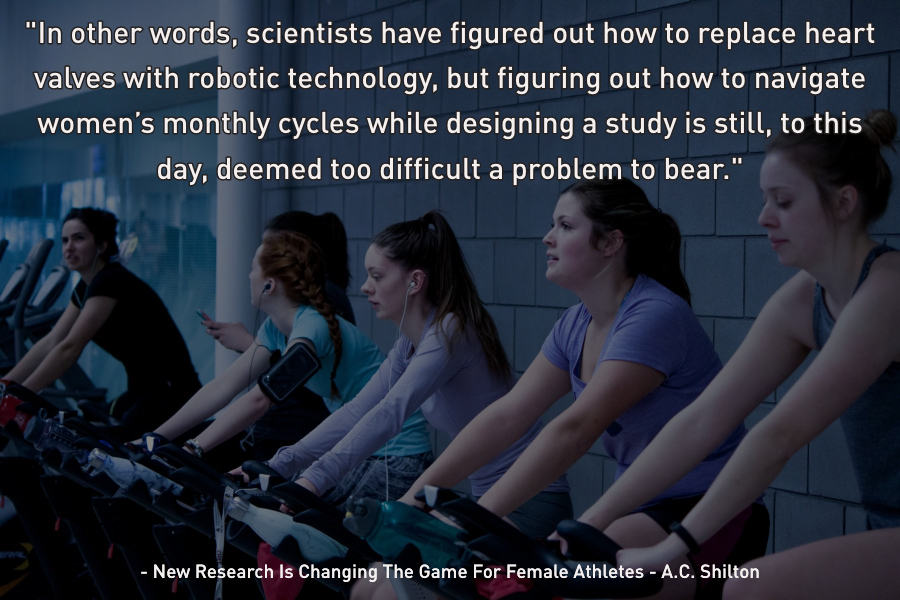
Should we be surprised then, that so much of what we read and hear about fitness actually don’t apply to women?
Here are ten factors with different implications on training, performance and recovery depending on gender that I bet very few people are aware of:
1. Intermittent Fasting (IF)
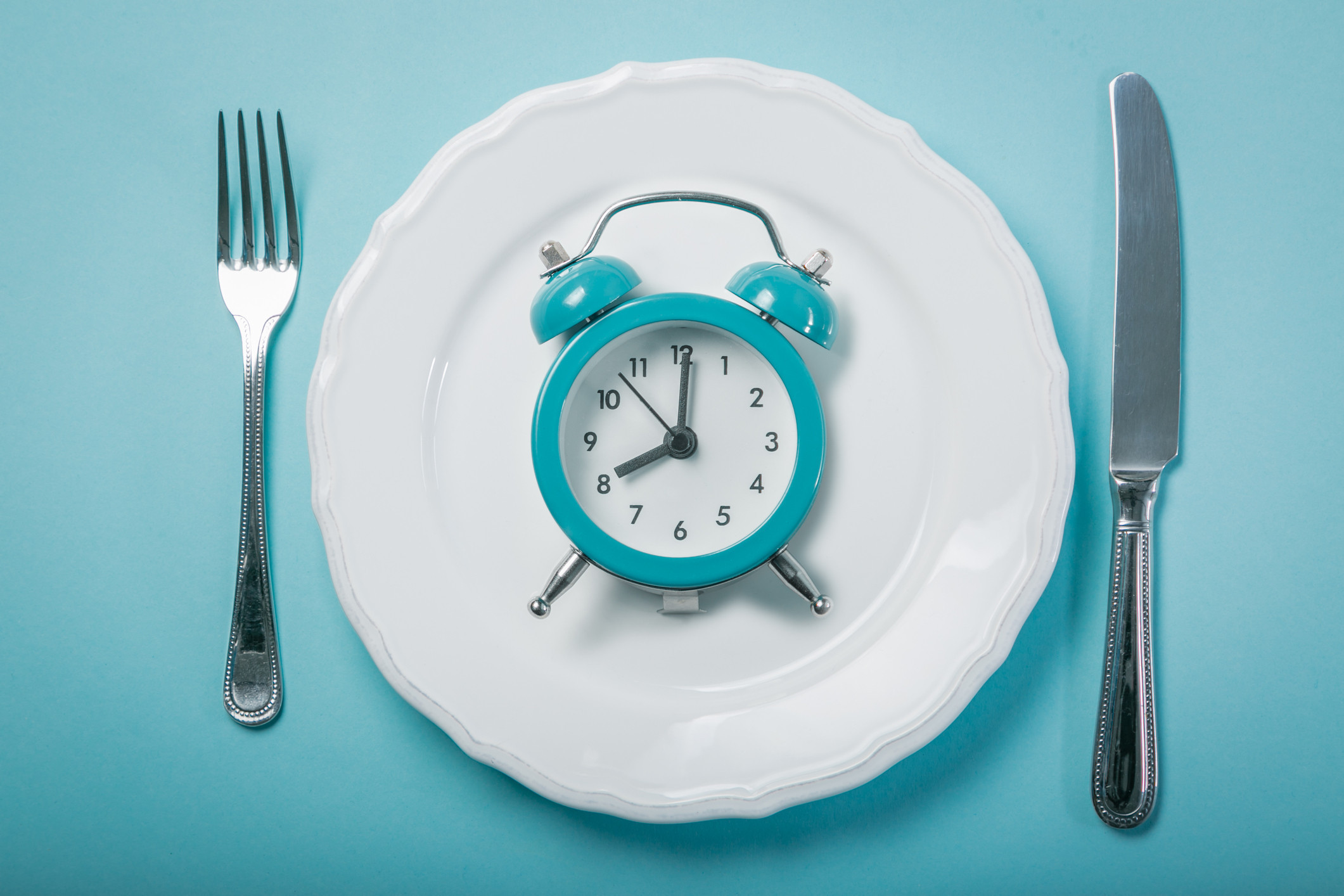
The original research on IF was conducted primarily on males who were diabetic and obese.
Men respond differently to the stress of no or low calories than women.
This is due to the neuropeptide (kisspeptin) response, and sensitivity of a woman’s endocrine system to a non-fed state.
Unfortunately, this is not generally known.
Women all over the world starve themselves for extended periods, thinking this is finally the answer to help them manage their weight.
Let’s look at the research on men vs women:
The (beneficial) effects IF can have on men:
– a strong parasympathetic response (clarity of mind / cognitive focus)
– improvement in blood glucose control
– massive autophagy (the body’s way of cleaning out damaged cells, in order to regenerate newer, healthier cells)
The effects IF have on women:
– a sympathetic (stress) response to not having enough calories, which cause anxiety, depressed feelings, brain fog and an elevated heart rate
– no improvement in blood glucose control in women
– autophagy is minimal
– can be a precursor to menstrual dysfunction seen in low energy states due to the sensitivity of kisspeptin
– it signals an increase in visceral fat (the fat around the essential organs, the protective fat that’s really hard to mobilize and increases cardiovascular risk.)
– long term effects of intermittent fasting with exercise is endocrine dysfunction, increases in abdominal fat, more depression and subsequent fat gain
If you’re a woman, adding intermittent fasting on top of exercise adds to the stress of denying our bodies important nutrient signaling. The result is that your body starts storing more belly fat.
A study showed that in active women, the longer they stay in a catabolic state, the more they disrupt your endocrine system and resting metabolic rate (RMR) – EVEN IF YOU EAT ENOUGH CALORIES IN GENERAL!
This means that even if you eat a sufficient amount of food in a day – periods of fasting, or delaying food intake, will impede your metabolism.
2. Ice Baths

- Men’s blood vessels naturally constrict after exercise, which causes blood to move away from the skin and back into central circulation.
- In contrast, women’s vessels vasodilate post exercise, causing our blood to pool in our skin. This results in lower blood pressure and reduced blood flow to the damaged muscle.
An ice bath after a hard session will therefore be of way more benefit to women as it would be to men.
- accelerating vasoconstriction to get blood back centrally
- assisting in increased blood pressure for removal of metabolites, and
- circulation of oxygen into the muscles.
3. Running (And Other Cardiovascular Sports)

As you are about to find out, a woman is actually at a significant disadvantage (compared to men) when it comes to cardiovascular sport.
- Women have a smaller heart, smaller heart volume, smaller lungs (25 – 30% less capacity than men) and lower diastolic blood pressure, which predisposes us to have lower max heart rates and greater problems with dehydration in the heat.
- This also means we pump out less oxygenated blood with every beat – about 30% less cardiac output than men.
- Less oxygenated blood means we have to breathe more often, and as a consequence, our respiratory muscles need to work harder and use a lot of energy.
- When we push the pace and breathe hard, it can be difficult to race against guys because less bloodflow is going to our legs.
- Testosterone increases the production of red blood cells, which absorb and carry oxygen to working muscles.
- All of this means we have a lower VO2max than men – about 15 – 25% lower on average, as shown in the chart above.

After reading the above for the first time, I realised just how impressive Gerda Steyn’s (pic above) Comrades 17th overall place was in 2019. (She also broke the ‘up’ record for women that same year by more than 10 minutes, clocking a time of 5:58:53.)
4. Heat Training

Firstly, consider that the ‘body’ referred to when saying ‘the human body is 60% water’, is that of a man’s.
For women, that number is closer to 50%, because we naturally have a higher fat percentage.
Fat does not carry as much fluid as muscle, which men have in higher percentages.
Both men and women have increased core body temperatures when they get dehydrated during exercise.
Women sweating less than men (about three times in the study linked to here!) however, results in our core temperature rising twice as quickly as men’s when exercising.
The study highlights that at the same extent of dehydration (during exercise), women are at higher risk of experiencing an increased heart rate and core body temperature.
Dr. Sims writes in her post on heat that men have higher overall sweating capacity. This is an advantage in hot and dry conditions, where sweat evaporates and helps cool you down.
In hot and humid conditions however, sweat evaporates less and then this cooling mechanism does not work so well.
Women have and use more sweat glands, but generally sweat less and should bear hot and humid conditions better.
I have to say here that I personally suffered running in the hot and humid weather of Thailand. I sweated bucket loads and believe that some women (like myself) may possibly sweat more like men do.
5. Altitude

At altitude, men’s bodies chomp on carbohydrates, while women’s bodies prefer to use fat for fuel.
This sex difference can put women at an advantage, if it’s a long race.
Therefore ladies – if you want to beat your male friends, challenge them to a high mountain ultra.
6. Periodisation / Programming

This may work in any instance, for men. Their hormones don’t fluctuate on a monthly or weekly basis.
Periodisation (intentional pun, ha) for female athletes should therefore absolutely be synced with a woman’s menstrual cycle.
7. Post Workout Recovery Window

Women need protein post workout more than men do, and we need it fast.
This is because progesterone boosts muscle breakdown in women – it makes us more catabolic.
Post workout protein will support and strengthen and muscles in recovery.
Whey protein is the most practical option, and preferred for its quick uptake and favourable leucine content.
Leucine – one of the three Branched Chai Amino Acids (BCAAs) – is the most potent activator of protein synthesis.
You need 30g of protein (40g if you’re in menopause) within 30min of finishing your workout (men have up to 3h).
8. Women Use Fat For Fuel
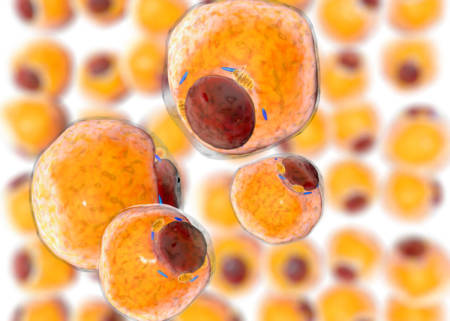
This phenomenon essentially makes women ‘fat adapted‘ by nature.
9. Calorie Deficit Diets Don’t Work So Well For Women, And Can Cause Permanent Thyroid Damage
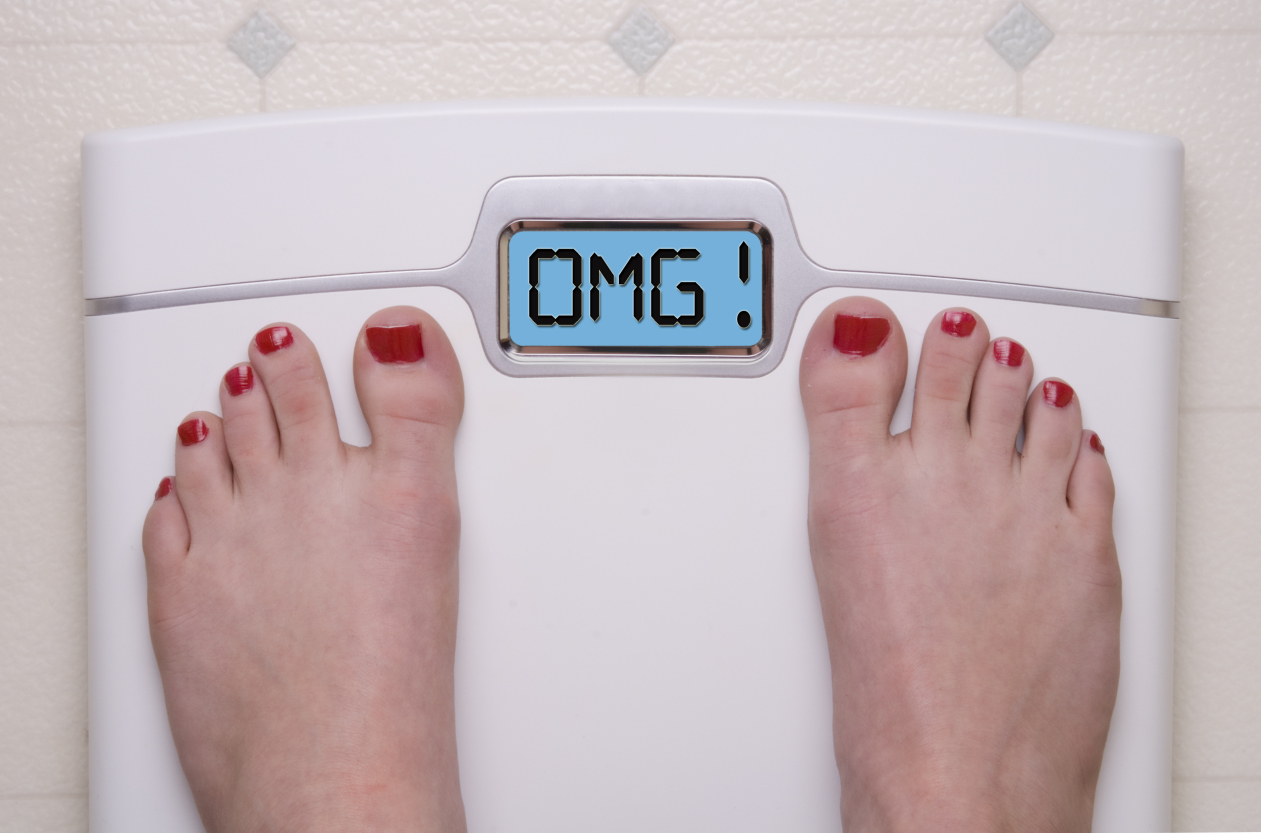
- workouts involving Lifting Heavy Shit to build and maintain muscle mass
- stepping away from calorie deficit diets, as they slow down* and ultimately damage your metabolism permanently.
*NOTE:
10. Low Hormone Phase and High Hormone Phase
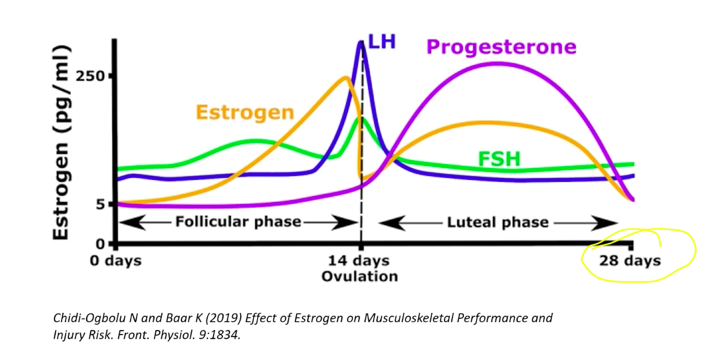
Each phase has important implications for exercise and recovery.
During the follicular phase, women are hormonally most like men and in terms of exercising – feel best and is the best time for physical adaptations to exercise.
As shown in the image above, the follicular phase falls in the first two to three weeks of a 28 day cycle. Consequently, this is the phase you want to throw balls to the wall (purposeful pun) in your sessions.
Women who are estrogen sensitive, may feel flat during ovulation. The best time to hit a PB though, is the 48h directly after ovulation.
During the luteal phase – the last about 5 days of a 28 day cycle – progesterone and estrogen are high. These elevated hormones can make it hard to hit high intensities (due to an even lesser reliance on glucose) and recover well.
This makes this phase an appropriate time to tone things down and recover.
Not tracking cycles and understanding each phase’s implications, can lead to frustration and confusion for both athletes and coaches.
In addition, not utilising each phase optimally can leave a lot of performance potential on the table.
Conclusion
It’s time coaches and female athletes get informed of the gender differences that exist in diet, exercise and recovery.
Not only for optimal performance and results, but also for the enjoyment we seek when participating in sport.
Sadly, the majority of the so called experts are failing women big time by not paying attention to new fitness research and information.


0 Comments